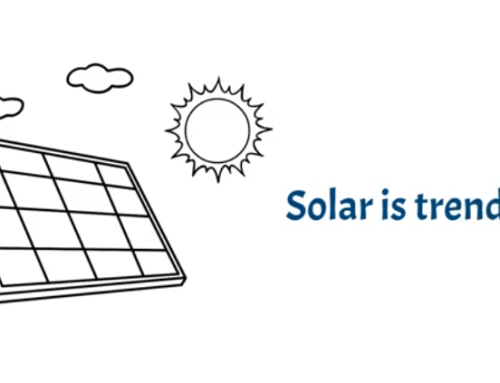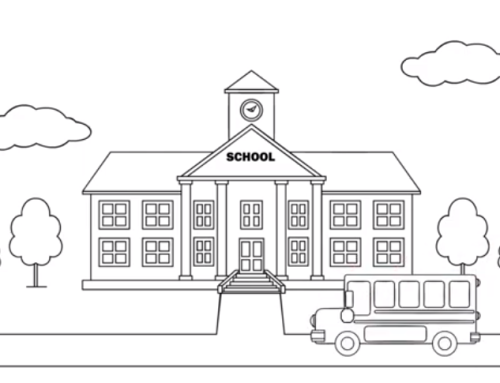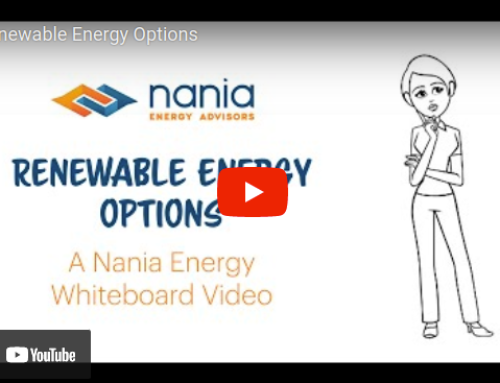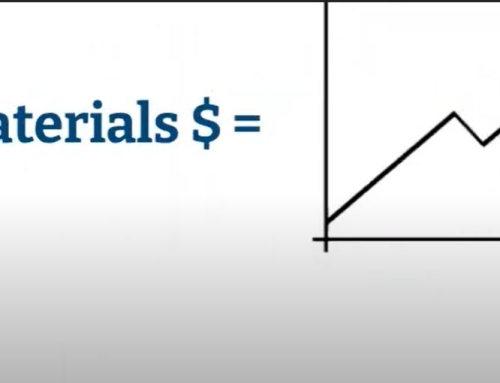Video Transcript
Figuring out when to buy energy and what to include in your energy RFP can mean the difference between an operating budget bust or surplus for your District.
Get your notes ready! Because I’m about to rapid-fire some best practices for running an effective energy RFP for your district.
Give yourself plenty of time.
Let’s say you get yet another call from an energy provider asking you about your gas and electric contracts. You spout off your standard answer of “We’re locked in for another three years, so we’re all good” and hang up the phone.
While you’re not interested in taking a sales call, it does jog your memory that you haven’t looked at your actual contracts in quite a while. So you track them down and see that you’re up in the next 12 months. So now what?
I’ll give you a hint: the answer is not file it away in a cabinet until a month before your contract expires.
Give yourself ample time to review this process. Engage with new providers. Watch the market. And get buy-in from any necessary parties, such as your Board.
By giving yourself plenty of runway, you could save thousands of dollars and add to your bottom line.
Know your contract end date.
Because all energy supply contracts are purchased on the futures market, they’re all technically forward-facing agreements. So, you can go to market at any time during your current agreement for your renewal.
Let’s say, for example, you have a December end date on your current agreement. You can go out to RFP in January, if you’d like. And you would set a parameter for a December start date. Suppliers can start the new contract whenever you’d like.
How this would work is your new contract would bookend to your current agreement. Just make sure you have accuracy in what your current contract end date is. What you don’t want to happen is to have an overlap of two supply agreements or have a gap in service — both which can result in large penalties to your District.
Watch the market.
So is there a better time of year to buy than others?
Not really.
In theory, it makes sense that you would buy in the off-peak seasons — so you would buy gas when it’s warm outside and buy electricity when it’s cool outside.
But anymore, the market’s not really weather-driven because we’re at a surplus of natural gas domestically. You want to pay more attention to geopolitical speculations and financial gains of any traders, and that’s really what’s going to affect the market.
If you’re trying to “time the market,” you’re better off to give yourself enough runway to watch the market for opportunities. And if you don’t have the time to do that, align yourself with a partner who will and will notify you of any substantial changes.
Consider competitive bidding.
Which brings me to my final point. Call your peers and ask for referrals of any energy partners they utilize. Then pick their brains on RFP parameters that they have.
Keep in mind any changes you have upcoming, such as a closing building or solar installation. These partners should be able to help you build out an effective energy RFP to run on your own, or maybe you trust them enough to run it for you.
Also, keep in mind that energy procurement in public schools does not require a formal bidding process per school code. So, you’re able to work and align with partners that you trust and value.
However, competitive bidding is always a great option, whether you do a traditional sealed bid or maybe you utilized a more tech-advanced option, such as a reverse auction software. Competitive bidding where multiple suppliers compete against each other can really drive down your overall cost.
Build your own effective energy RFP.
Now that you have a jumping-off point, pull out those dusty old contracts and see when they end. If it’s in the next 12-18 months, now is the perfect time to start gathering information and engage with new partners.
Thanks for watching! Check us out in our next video in the series Energy ABC’s.
Follow us on LinkedIn!









Leave A Comment